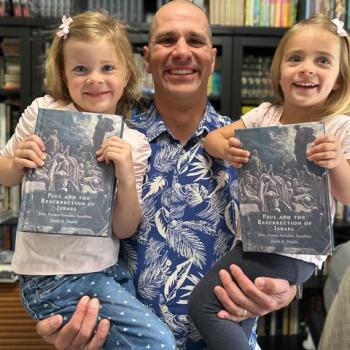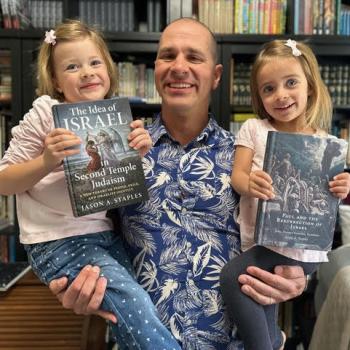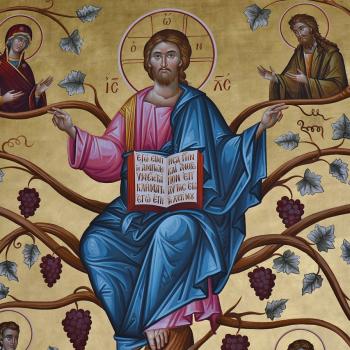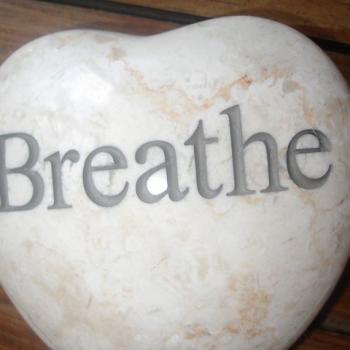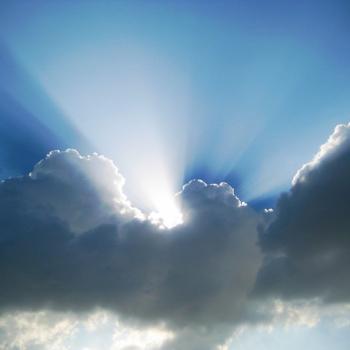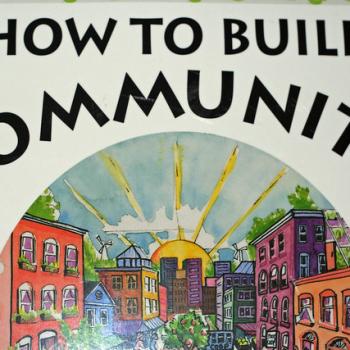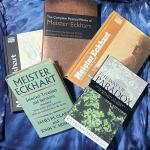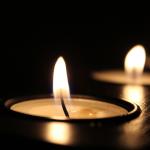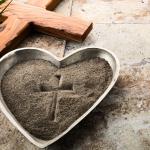
Aidan of Lindisfarne
Today is the feast day of Aidan of Lindisfarne, a Celtic missionary monk who journeyed from the island monastery of Iona to establish an island monastery in Northumbria. It is also the day I chose to be received as a lay oblate at a Benedictine hermitage near Big Sur, California.
The road which led me to the hermitage was part of a wider highway which showed me contemplative life. A friend who saw how drawn I was to contemplative practices suggested I might appreciate Benedictine spirituality. I began reading and investigating Benedictine history and theology. Visiting a monastery, I asked many questions. I enjoyed my time there, but it did not feel like the place where I fit.
My friend asked me if I had heard of New Camaldoli. She encouraged me to check out the community. “They might be your kind of guys,” she told me. I began exploring a connection to the community.
Father Robert Hale welcomed my questions. We seemed to share a sense of humor and a sense of perspective.
When I asked to become a lay oblate at New Camaldoli, Father Robert tried to gently explain many people chose their saint’s day as the day they would be received as an oblate. I eventually remembered I actually knew when one saint’s day was. There had been some reorganization of the saints recognized by the Catholic Church, and I asked him whether Aidan had been “decommissioned.” Father Robert laughed and assured me Aidan was “pre-Reformation,” and is still recognized as a saint.
I spent a year becoming accustomed to the practices of New Camaldoli, reading books and developing new contemplative practices.
Father Robert stood with me on the Aidan’s Day I was received as an oblate. He was my example of what living monastic life was.
Getting to Know Aidan
On a trip to England, I had an opportunity to visit Lindisfarne, and started reading about Aidan and his life there.
We do not know about Aidan because of his own writings. I have many books written by monks and others at various times in history, but Aidan is not one of them. The information we have about Aidan comes from other people writing about him.
Oswald of Northumbria was a noble youth who was raised as a king in exile at a monastery in Scotland called Iona. Baptized as a Christian, Oswald vowed to bring Christianity back to his people. He gained the crown of Northumbria in 634. As king, he asked for missionary monks to be sent from Iona to Northumbria to establish a new monastic community.
They first sent a bishop who alienated people, and he returned to Iona. They sent Aidan to Northumbria to replace him. He became bishop in 635.
Aidan chose the island of Lindisfarne as the site of his monastery. He would walk between villages and talk with people. By talking with people in direct conversations and taking an interest in their everyday lives, he gradually restored Christianity. King Oswald, because of the years he spent in exile in Iona, sometimes needed to translate for Aidan and the other monks.
The monks constructed a monastery on Lindisfarne and churches and schools throughout Northumbria. They also earned a reputation for charity and dedication to people in need. Aidan paid for the freedom of slaves, and provided room, board, and education for them and other orphans and people in need.
One story is about Aidan receiving a prize horse from the king which, rather than riding himself, he gave to a beggar. Aidan felt the beggar needed the horse more than he did.
Following Aidan’s Example
I find Aidan’s example an attractive one for us to follow.
There is something particularly engaging about someone, no matter what year it is, who has conversations and listens. How much more welcoming is it to talk with people about their everyday lives than to alienate people?
Aidan seems to me to be an example of humility and hospitality. His ability to appreciate how to live his spirituality and faith outside the walls of a monastery or a church is inspiring.
The monks I know show me, by their example, how to be open to what is obscured in everyday life. Many people live their lives from experience to experience. We often distract ourselves from paying attention to what is underneath everyday life.
It is easy for us to ignore the network of values, principles, and beliefs which support our lives. We assume we appreciate the importance of what holds us up until something raises new questions.
The world we think of as the real one may not be particularly real after all.
I am learning the ways the spiritual worlds within us and all around us shape how we live our lives.
Being a monk in the real world means paying attention to the truths underneath our everyday lives. I am on a journey of discovering and exploring the more deeply real world.
Becoming a Monk in the Real World
My choice to connect to a monastic community was a beginning, not an end.
I was not trying to avoid the challenges of living in the real world. Living like a monk in the real world is about facing those challenges in new ways.
The world we perceive as the real one can be full of joy and revelry, fears and regrets. We experience our everyday lives as a series of obstacles and accomplishments. It is as if we are trying to earn our way forward.
The path of a monk in the real world is about looking and seeing. As we look up, look out, look within, we begin to realize what we have been missing.
Each step along the path can be a fresh start, a new beginning.
Aidan is my example of a monk in the real world.
How are we becoming monks in the real world today on Aidan’s Day?
What are the deeper truths which are attracting our attention this week?
[Image by Linton Snapper]
Greg Richardson is a spiritual director in Southern California. He is a recovering assistant district attorney and associate university professor and is a lay Oblate with New Camaldoli Hermitage near Big Sur, California. Greg’s website is http://StrategicMonk.com and his email address is StrategicMonk@gmail.com.





